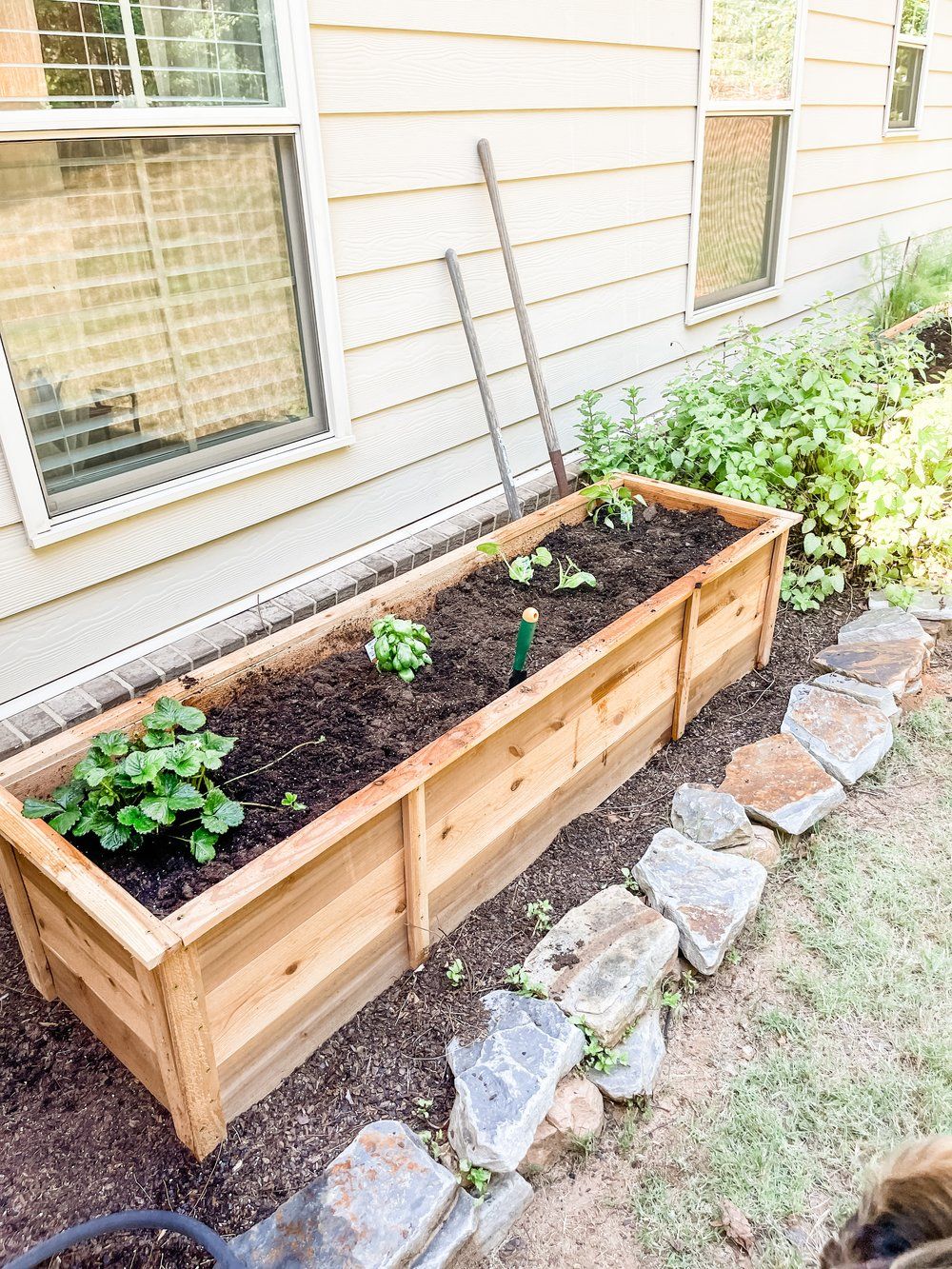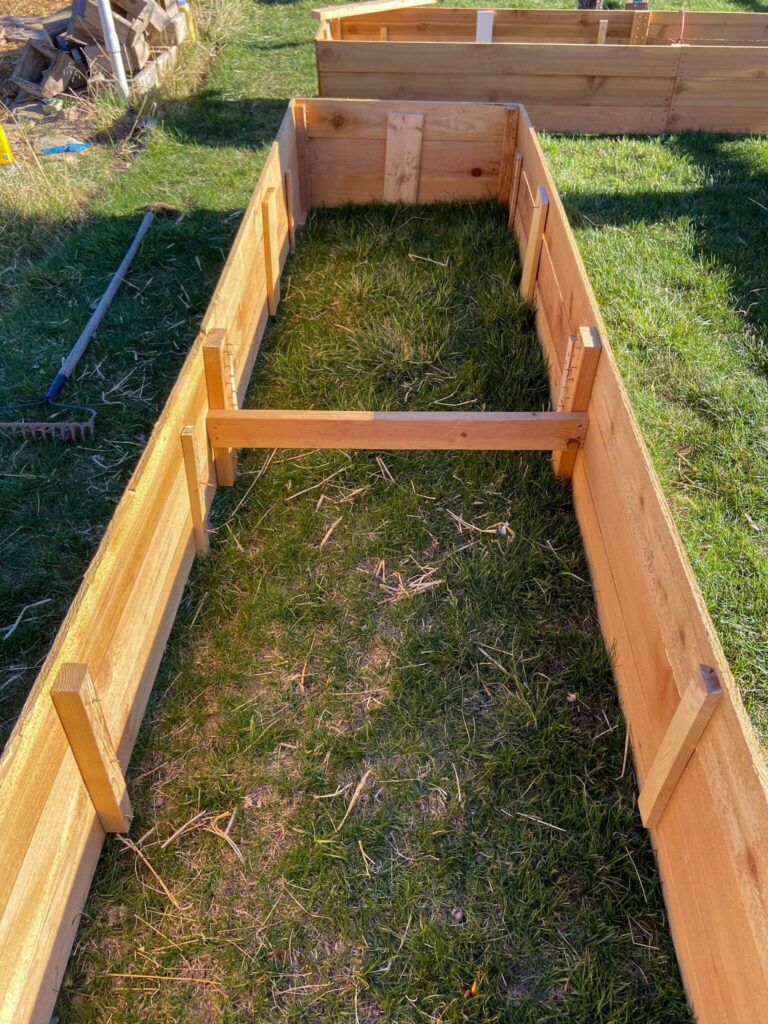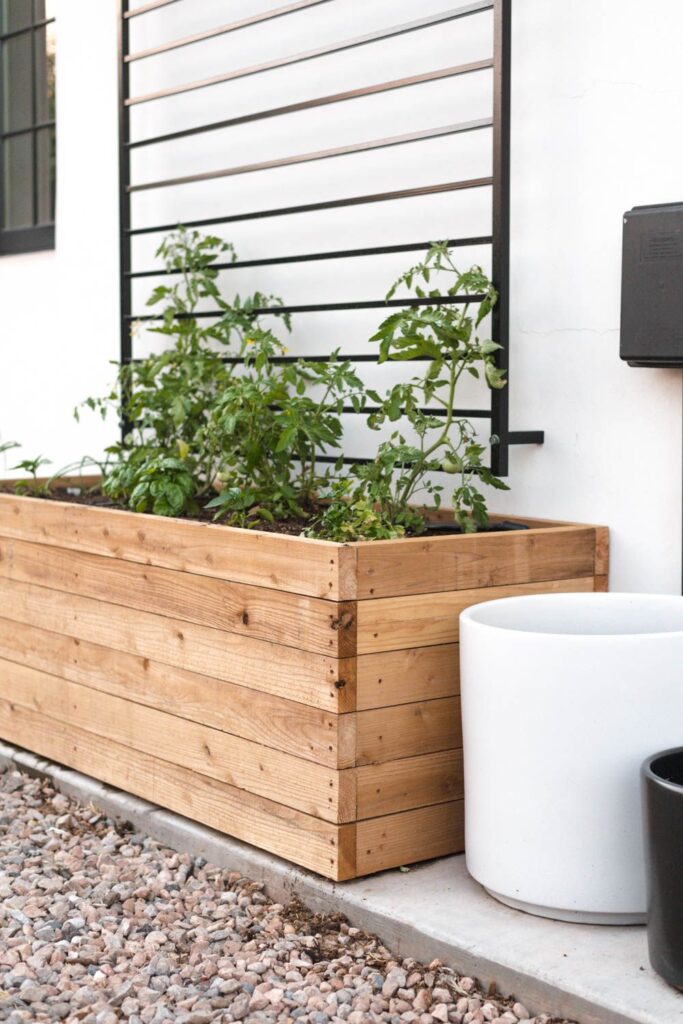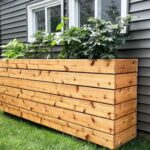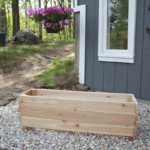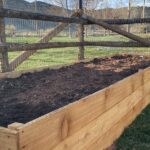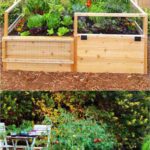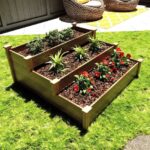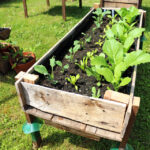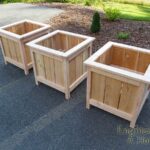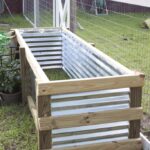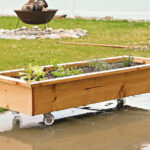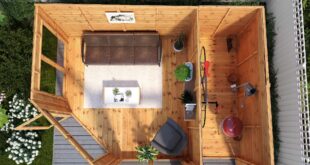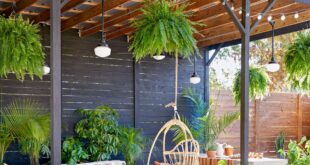Garden planter boxes are a popular DIY project for both novice and experienced gardeners. These boxes allow you to grow flowers, herbs, vegetables, and other plants in a contained space, making them a versatile and attractive addition to any outdoor space. By building your own planter boxes, you can customize the size, shape, and design to suit your specific gardening needs.
One of the first steps in creating your own garden planter box is to gather your materials. You will need wood boards, screws, a saw, a drill, and exterior wood glue. Cedar or redwood are excellent choices for constructing planter boxes, as they are durable and weather-resistant. Additionally, make sure to choose a location for your planter box that receives adequate sunlight and drainage for the plants you plan to grow.
To start building your planter box, measure and cut the wood boards to the desired dimensions using a saw. You can create a simple rectangular box or experiment with more complex designs, such as tiered or L-shaped planters. Once you have cut your boards, assemble the box by screwing the boards together at the corners. For added strength and durability, apply exterior wood glue along the seams before securing with screws.
After you have constructed the basic structure of your planter box, you can add a bottom to prevent soil from spilling out. Cut a piece of plywood or plastic sheet to fit the bottom of the box and attach it with screws. Remember to drill drainage holes in the bottom of the box to prevent water from pooling and causing root rot. You can also line the inside of the planter box with landscaping fabric to help retain moisture and prevent soil from escaping through the drainage holes.
Once your planter box is assembled, you can fill it with potting soil and plant your desired flowers, herbs, or vegetables. Consider the specific needs of the plants you are growing, such as sunlight requirements and spacing, to ensure they thrive in their new home. Planter boxes are a great way to add greenery and beauty to your outdoor space, and by building them yourself, you can create a customized and functional garden feature that reflects your personal style and gardening preferences.
 yishifashion Where Outdoor Dreams Become Reality
yishifashion Where Outdoor Dreams Become Reality
